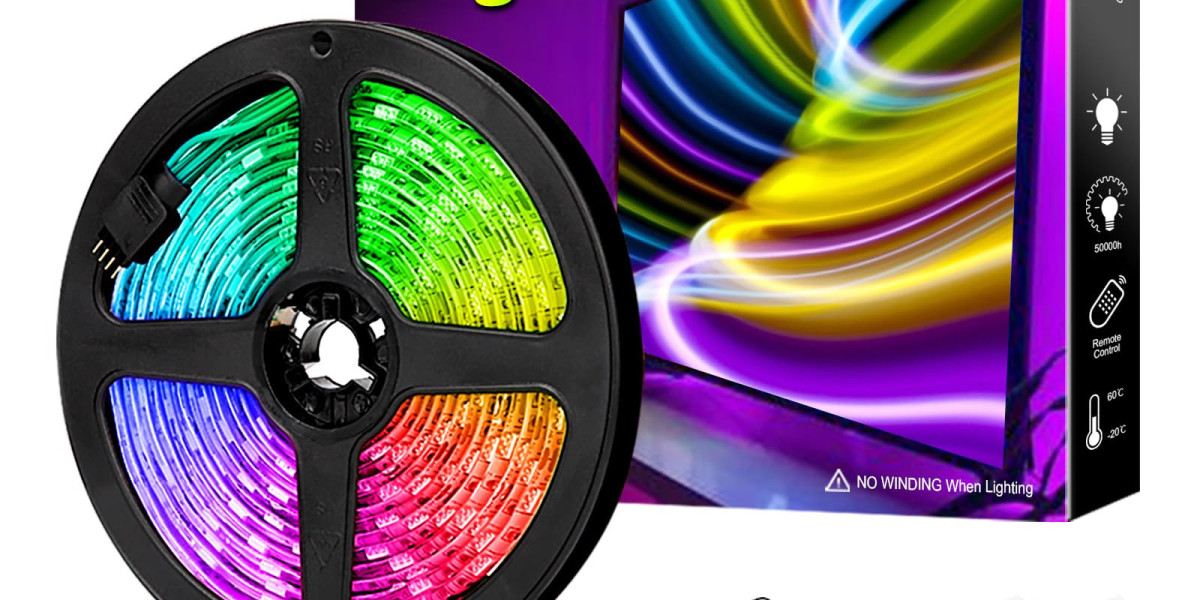The Role of Industrial 4.0 in Modern Manufacturing
Industrial 4.0 signifies a paradigm shift towards smart manufacturing driven by automation, interconnected systems, and real-time data analytics. It thrives on the integration of advanced technologies like IoT, AI, and machine learning to create dynamic and responsive industrial ecosystems. OTA update technology seamlessly integrates into this framework, enabling efficient device management and ensuring that systems stay aligned with evolving technological demands.
Key Features of OTA Technology for Industrial Applications
Remote Deployment and Real-Time Updates
OTA technology allows businesses to remotely deploy updates, reducing the need for on-site interventions. Whether it's software patches, feature enhancements, or security fixes, these updates can be pushed in real time across an extensive fleet of devices, ensuring uninterrupted operations.
Enhanced Scalability and Device Integration
Scalability is a cornerstone of OTA technology. As industrial operations expand, the ability to integrate and manage thousands of devices becomes paramount. OTA solutions enable seamless device onboarding and synchronization, maintaining harmony in increasingly complex systems.
Benefits of OTA Updates in Industrial 4.0
Reducing Downtime and Improving Efficiency
OTA updates mitigate downtime by eliminating the need for manual updates that require device shutdowns. Automated deployment ensures minimal disruption, allowing operations to continue while updates take place. This leads to improved productivity and cost savings.
Securing Industrial Networks Against Threats
Cybersecurity is a pressing concern in Industrial 4.0 environments. OTA technology enables rapid deployment of security patches and updates, fortifying systems against emerging threats. This proactive approach minimizes vulnerabilities and safeguards critical industrial data.
The Technical Anatomy of OTA Updates
Components Driving Seamless Over-the-Air Updates
OTA systems comprise several key components: a management server, secure communication protocols, and compatible device firmware. Together, these elements ensure that updates are delivered efficiently and securely.
Software Architecture for Industrial Compatibility
The software architecture of OTA systems is designed to accommodate the specific needs of industrial applications. From compatibility with legacy systems to support for modern IoT frameworks, the architecture is engineered for versatility and robustness.
Challenges in Implementing OTA for Industrial 4.0
Balancing Security with System Accessibility
Implementing OTA in industrial systems requires a delicate balance between security and accessibility. While robust encryption and authentication mechanisms are essential, they must not impede operational efficiency.
Overcoming Hardware and Legacy System Constraints
Many industrial environments rely on legacy hardware that may lack compatibility with modern OTA update systems. Retrofitting these devices or deploying hybrid solutions often becomes necessary, presenting both technical and financial challenges.
Emerging Trends in OTA Technology for Industrial Automation
AI-Driven Update Management
Artificial intelligence is transforming how updates are managed. AI algorithms analyze device performance and predict optimal update schedules, reducing the risk of disruptions and enhancing overall system reliability.
Edge Computing Synergy with OTA Updates
Edge computing complements OTA technology by processing data locally on devices rather than relying on centralized servers. This reduces latency and enhances the speed and reliability of updates, particularly in time-sensitive industrial applications.
Strategic Implementation of OTA Technology in Industry
Steps for Transitioning to OTA-Enabled Systems
Transitioning to OTA-enabled systems involves several steps: conducting a needs assessment, selecting compatible technology, and training personnel. A phased approach minimizes risks and ensures a smooth integration.
Measuring ROI and Long-Term Impact
The return on investment (ROI) for raspberry pi ota update technology is significant, from reduced maintenance costs to improved operational efficiency. Long-term benefits include enhanced scalability, security, and competitiveness in the industrial landscape.
The Transformative Potential of OTA Updates
OTA update technology embodies the essence of Industrial 4.0—smart, efficient, and interconnected. By addressing challenges and embracing emerging trends, businesses can harness its transformative potential to optimize operations, enhance security, and drive innovation in industrial environments. As the digital era progresses, OTA technology will undoubtedly remain a cornerstone of industrial evolution.








